Reenergizing efforts toward more ethical storytelling
Has the COVID-19 pandemic’s effect of exposing widespread inequity given the global development sector an answer to how to achieve greater impact? Devex investigates.
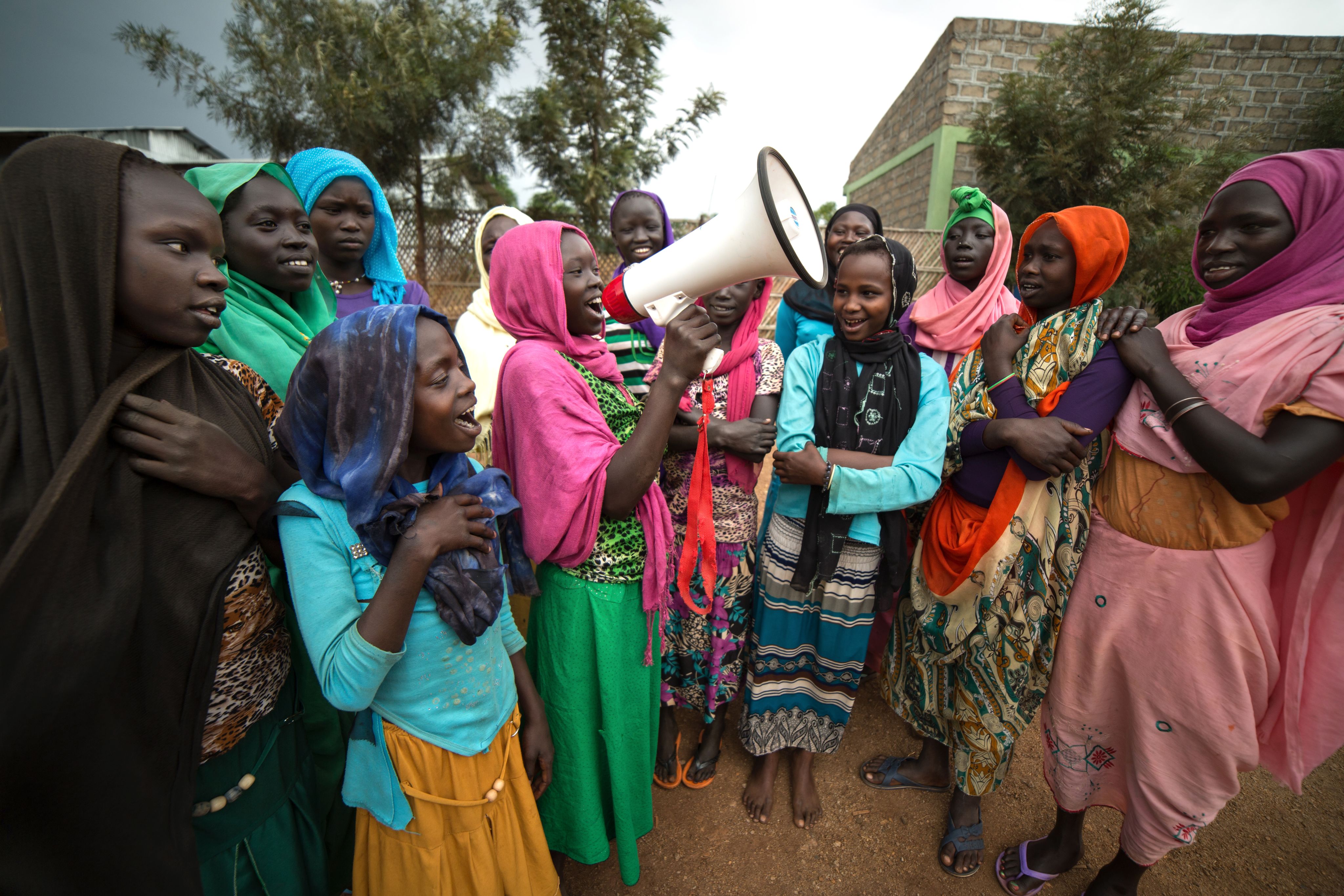
SPONSORED BY


COVID-19 and racial equity conversations led by Black Lives Matter and other movements have shone a light on inequality, raising awareness about the need for change and instilling energy in those committed to delivering it.
For the aid and development sector, this represents an opportunity — both to reflect on how its own narratives have contributed to power imbalances in the past, and to spearhead a more ethical style of storytelling.
Many NGOs and donors are already embarking on that journey, hoping that making space for communities to tell their own stories will result in better program design, more direct funding to community-based organizations, and greater impact.
“Historically, the aid and development sector has gone for a very simplistic view of the communities that we work with, and that has seeped into the images that are used across campaigning and fundraising, but also across communications and into the narrative that we use,” explained Lena Bheeroo, a committee member of the CharitySoWhite campaign group and a working group member of The Racial Equity Index.
“Rather than having individual stories being told and actually authentic storytelling that truly reflects the reality of communities that we work with, we’ve gone for bigger, broad brushstrokes,” she said, adding that these lack nuance and fail to explore the lives that communities are leading and why.
Reliance on negative stereotypes and shock tactics in development stories — often told from a “white gaze” perspective — has resulted in inaccurate, uncontextualized narratives. The footage of starving children used to fundraise for the 1984 Live Aid campaign is a regularly cited example.
Moky Makura, director of Africa No Filter, and Marshall Stowell, vice president of partnerships, advocacy, and communications at the Conrad. N. Hilton Foundation, explain why and how storytelling in the sector needs to change.
Storytelling’s powerful ability to influence funding decisions has had unintended consequences historically, leading to a prioritization of audience response over the accuracy, context, and dignity of people directly impacted by the aid programs.
“There has been a primary focus on what others want to hear,” observed Ronald Kibirige, co-founder at InteRoots, a nonprofit that facilitates community-driven projects. “Organizations craft their narratives in order to reach the donors.”
A COVID-19 testing center in Madagascar. Photo: World Bank / Henitsoa Rafalia

As a result, communities can receive the wrong kind of assistance and a preference for short-term crisis mitigation rather than long-term solutions that have the trust, buy-in, and support of beneficiaries, and communities alike.
A legacy of colonialism, it reinforces perceptions that countries are divided unequally into givers and takers, and that aid is always financial, Kibirige added. It can disempower communities, dissuading them from exercising agency, and of drawing on their own resources and innovation to help themselves and others. A failure to engage local communities and partners in the storytelling process also represents a missed opportunity to understand their real needs and generate the right long-term outcomes, he said.
“[Crafting narratives is] not only about the donors — it’s also about what the community can offer.”
— Ronald Kibirige, co-founder, InteRoots
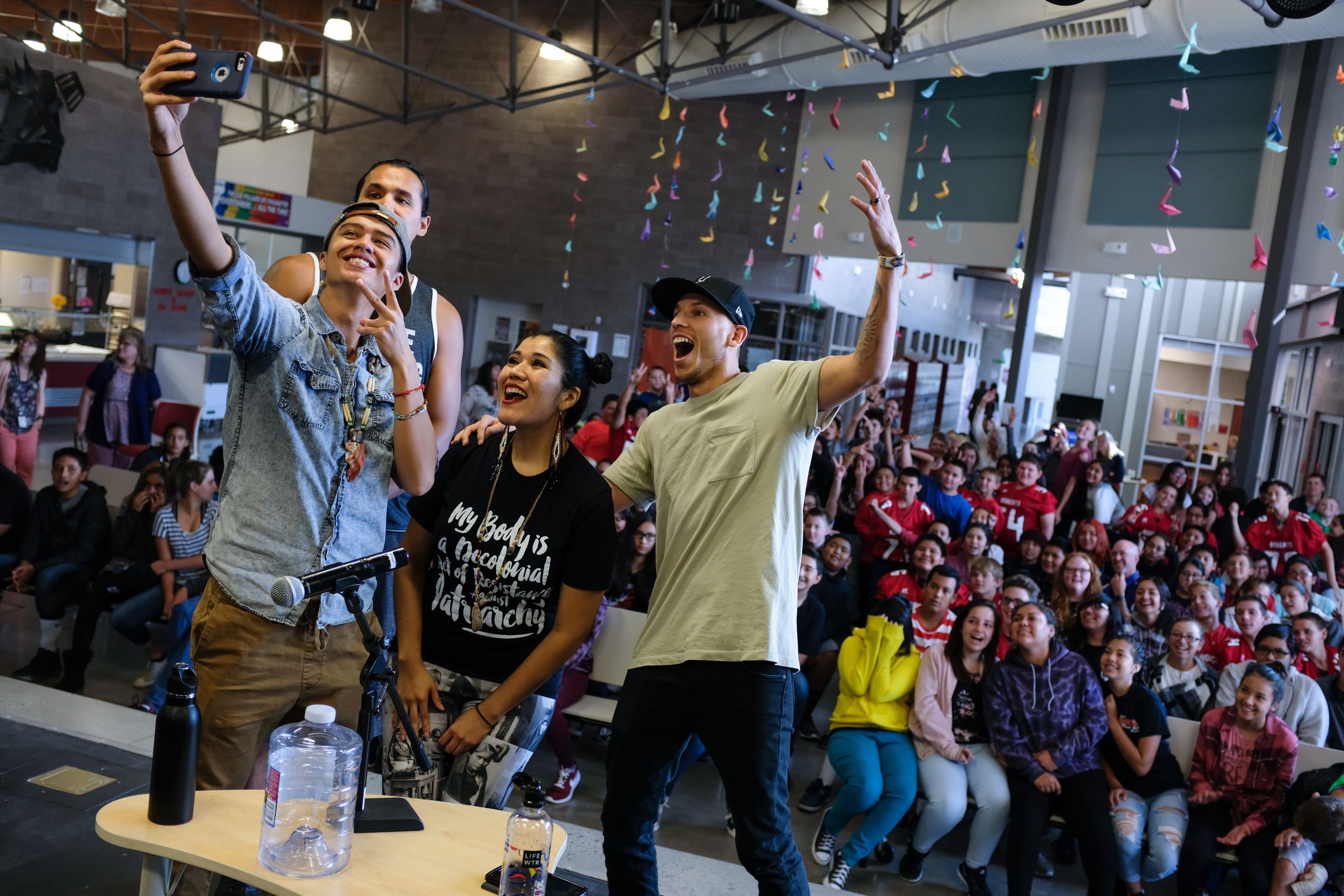
COVID-19 has additionally “challenged a lot of the narrative around aid,” said Anton Ofield-Kerr, founder of Equal International, a consultancy focused on fostering inclusion among marginalized groups. A more effective pandemic response from several governments in the global south has undermined a historical “assumption that the [global] north knows how to do things and the [global] south doesn’t,” while countries in all income groups have been revealed as vulnerable and in need of assistance, he explained.
The events of 2020 and 2021 have triggered a broader examination of power across society, encouraging overdue self-examination within the sector, plus a receptiveness to change, noted Carla Costa Sandine, chief of external affairs at PATH, a public health-focused nonprofit. “There are just more people listening now, and we’re learning more collectively.”
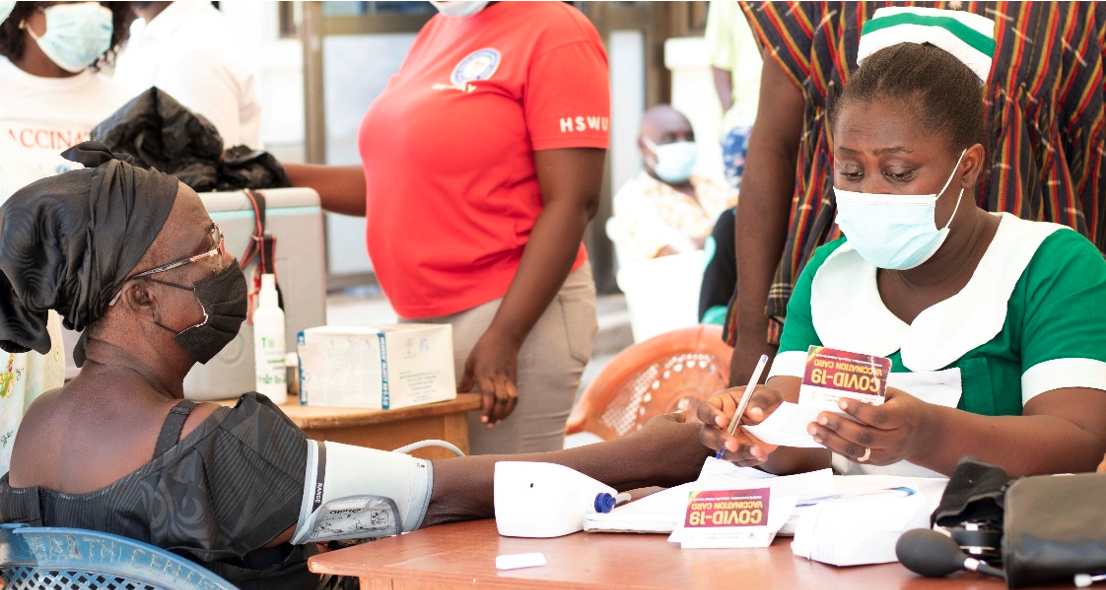
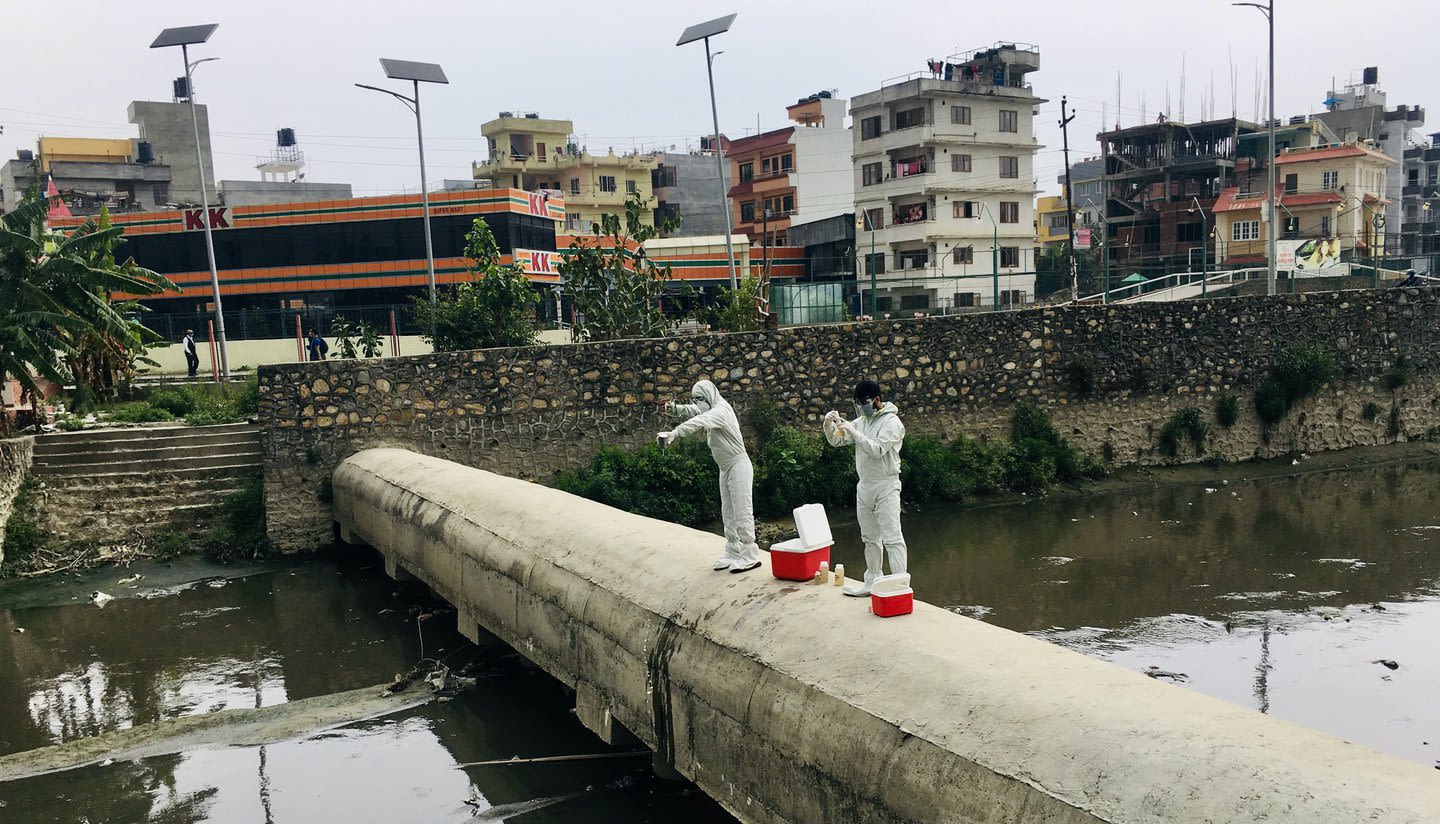
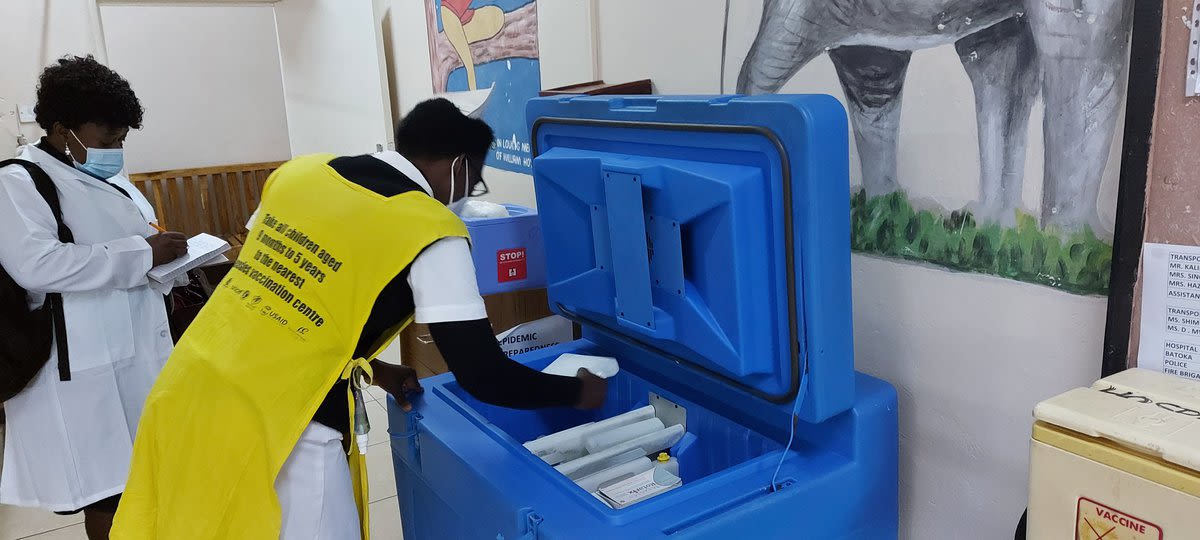

The Healthy Heart Africa program leverages COVID-19 vaccination campaigns to expand hypertension screenings in the Ashanti Region of Ghana. Photo: PATH/Robert Yeboah
The Healthy Heart Africa program leverages COVID-19 vaccination campaigns to expand hypertension screenings in the Ashanti Region of Ghana. Photo: PATH/Robert Yeboah

Environment and Public Health Organization staff and volunteer in Katmandu, Nepal, taking wastewater and sludge samples. Photo: PATH/S. Dahal
Environment and Public Health Organization staff and volunteer in Katmandu, Nepal, taking wastewater and sludge samples. Photo: PATH/S. Dahal

Agnes Mulyata, a nurse at St. Joseph’s Hospice in Livingstone, Zambia, shows Lucy Daka, chief performance improvement officer in Zambia’s Ministry of Health, how she maintains vaccine cold storage. Photo: PATH/Brian Mushaukwa.
Agnes Mulyata, a nurse at St. Joseph’s Hospice in Livingstone, Zambia, shows Lucy Daka, chief performance improvement officer in Zambia’s Ministry of Health, how she maintains vaccine cold storage. Photo: PATH/Brian Mushaukwa.
Ripe for change
Many NGOs and foundations recognize the issue of unethical storytelling but have struggled to get it right. The current climate, however, has injected more urgency into the need to make storytelling more ethical, accurate, and dignified.
For example, InteRoots funds communities to hire local professionals and create their own promotional materials. And when stories are not narrated directly by communities, it aims for a journalistic approach, with sources including community members, and community-generated documents such as project proposals and self-evaluations.
InteRoots' Tat Sat Community Academy – known for short as the TaSCA project – is a community-driven school-building project in the rural municipality of Kasasa, Uganda. The video illustrates how community involvement and perspectives are the driving force behind the project.
Social media also has a profound role to play in giving voice to communities and allowing them to give audiences evidence — in unfiltered real-time — of their experiences. Although Black Lives Matter had for many years flagged police violence against black people in the United States, it took the circulation on social media of video footage showing George Floyd’s murder to trigger a global wave of solidarity in 2020, noted Bheeroo.
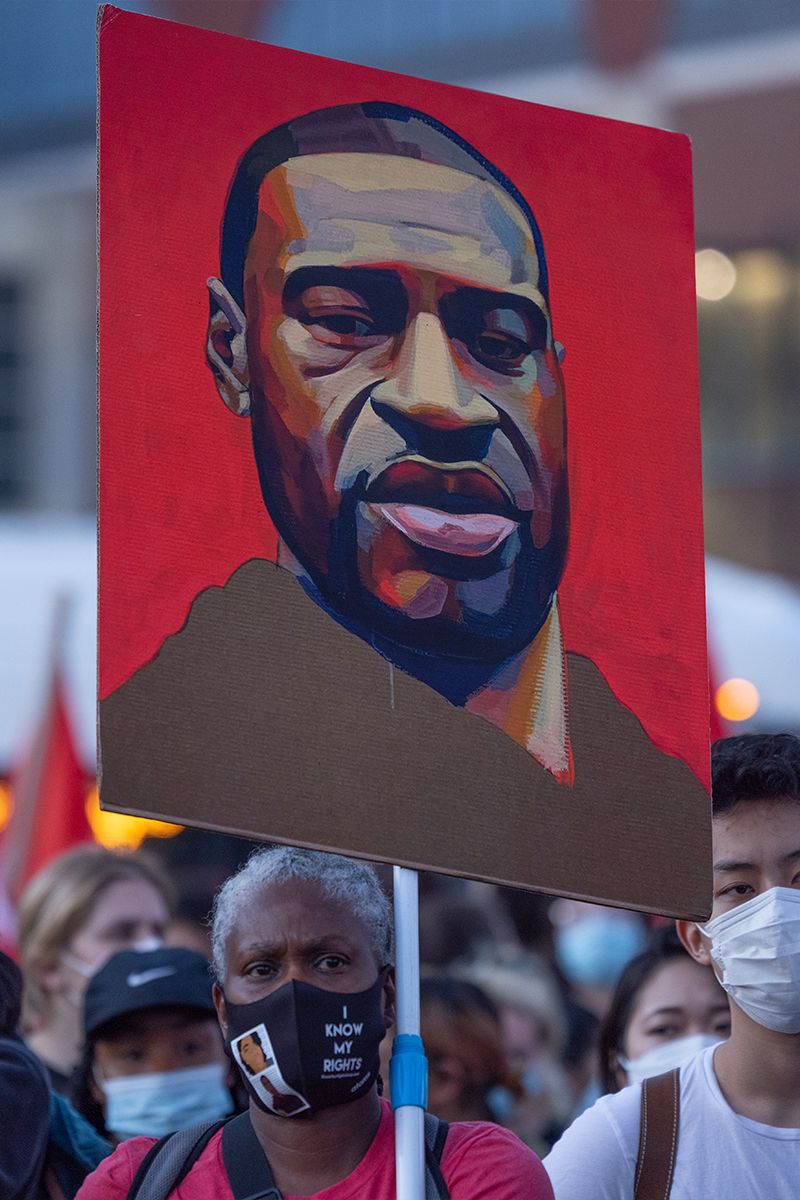
Demonstrators gather in Brooklyn, New York, after former Minneapolis police officer Derek Chauvin was convicted of murder in the May 2020 death of George Floyd. Photo: Ben Von Klemperer / Shutterstock
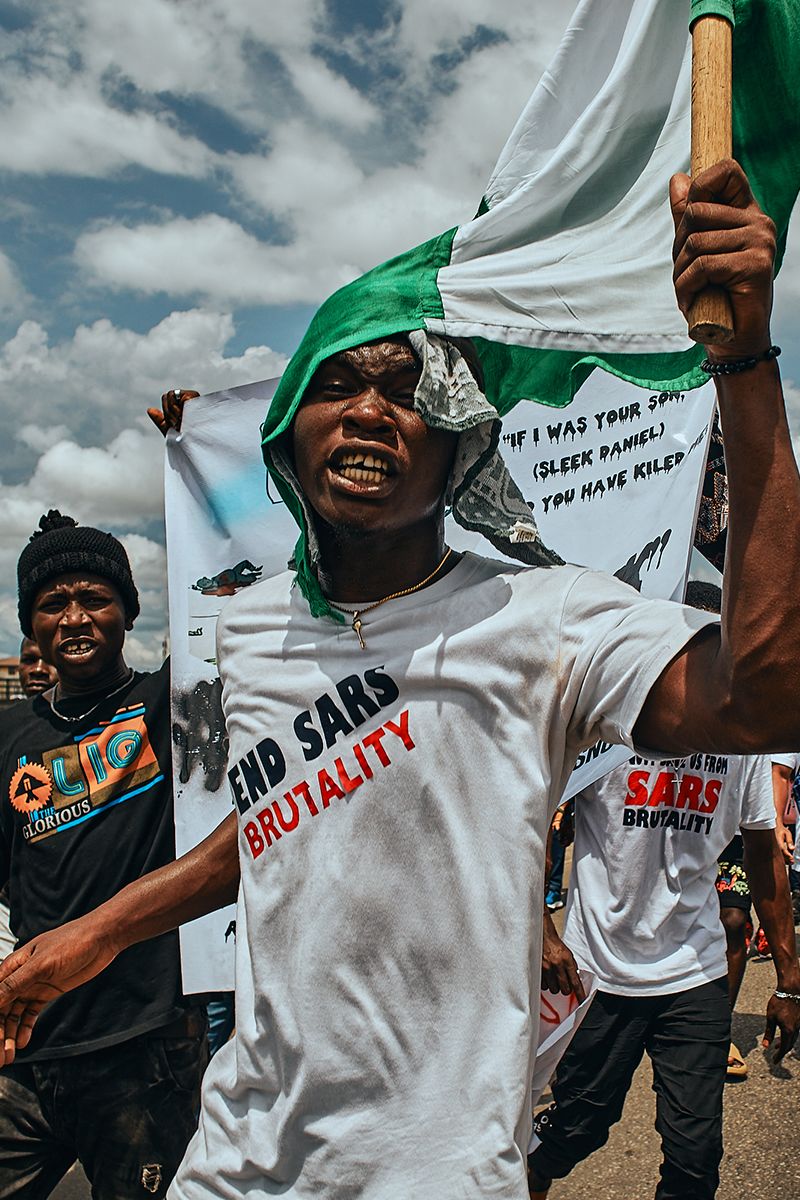
Protesters walking around the city of Port Harcourt raising placards and signs for the #EndSARS protests in Nigeria. Photo: Emmage / Shutterstock.com
In terms of aid and development, having a platform to recount their lived experiences can help marginalized populations shift social norms, erode stigma, and move away from a “them and us” mentality propagated by populism, Ofield-Kerr said. For example, the Sexual Minorities Uganda network uses social media to organize against LGBTQ oppression in-country and to advocate to wider audiences, including foreign government representatives.
The Uganda Constitution highlight the inherent nature of human rights and fundamental freedoms to be respected, upheld and promoted by all organs of government and persons. However, the Penal Code criminalises same-sex relations framing same-sex relations as "unnatural offences".
— Sexual Minorities Uganda | SMUG (@SMUG2004) October 11, 2021
A group of foundations, including the Ford, Skoll, and Compton foundations, recently launched a $30 million initiative to help communities in the global south tell their own stories, including through social media, short films, and animation.
Other practical steps aid and development organizations are taking include rejecting negative imagery in campaigns. For example, PATH has focused recent its articles on the positive impact of its work and the contribution of experts such as front-line health workers, Sandine explained.

Demonstrators gather in Brooklyn, New York, after former Minneapolis police officer Derek Chauvin was convicted of murder in the May 2020 death of George Floyd. Photo: Ben Von Klemperer / Shutterstock
Demonstrators gather in Brooklyn, New York, after former Minneapolis police officer Derek Chauvin was convicted of murder in the May 2020 death of George Floyd. Photo: Ben Von Klemperer / Shutterstock

Protesters walking around the city of Port Harcourt raising placards and signs for the #EndSARS protests in Nigeria. Photo: Emmage / Shutterstock.com
Protesters walking around the city of Port Harcourt raising placards and signs for the #EndSARS protests in Nigeria. Photo: Emmage / Shutterstock.com
“Ethical and appropriate storytelling is a reflection of an ethical and appropriate organization.”
— Carla Costa Sandine, chief of external affairs, PATH
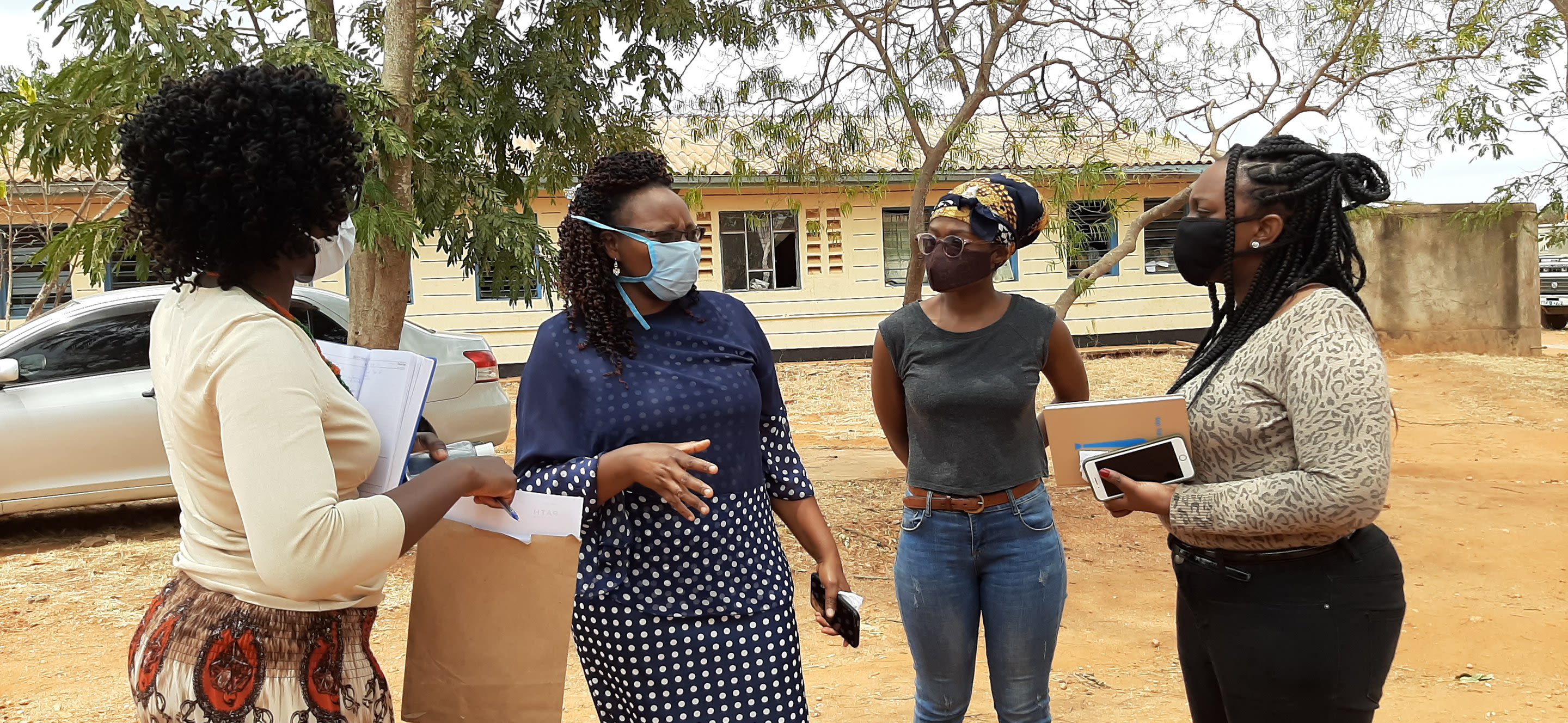
This is amid growing evidence that positive stories generate a better donor response. Research by the U.K.’s Development Engagement Lab suggests using positive imagery in video campaigns is more effective at generating donations in the long term.
Organizations are also increasingly mindful that the stories and images they take from communities and use in communications are not their property. Gaining consent is therefore critical, Bheeroo stressed.
For PATH, this “goes far beyond ‘Did you agree to having your photo taken?’” explained Sandine. Rather, the question is “‘Do you fundamentally agree with the story that we’re telling, that we intend to use your voice for?’”
As part of broader efforts to shift power, organizations are also working to move away from “patronizing language around foreign aid and charity to empowering language around multilateralism, communal endeavour, [and] common good,” Ofield-Kerr said.
Narratives should however acknowledge the legacy of colonialism and its contribution to the challenges many communities face, Bheeroo emphasized.
Rooms where decisions are made and narratives are shaped must contain senior leaders whose lived experience at least partly reflects that of the people whose stories are told, said Sandine, adding that PATH is currently striving to diversify its board to be more representative of the places where it works. But this must be framed within a deeper cultural transformation guided by values, she added. “Ethical and appropriate storytelling is a reflection of an ethical and appropriate organization.”
Organizations are also reassessing their narrative targets, acknowledging that giving does not only travel north to south and is not limited to financial flows.
Communities are sometimes their own best audience, Kibirige said. The process of articulating their needs, challenges, ideas, and successes in storytelling can act as a catalyst for communities to identify local resources and generate their own solutions, which higher-income countries could learn from, he explained. The crafting of narratives is “not only about the donors — it’s also about what the community can offer.”
The Global Public Investment concept states that concessional public finance needs to evolve from an unequal donor-recipient model to one where countries collaborate, sharing resources, expertise, and influence to solve common problems. In keeping with its “All benefit, all contribute, and all decide” principles, more storytelling should be directed at audiences in the developing south, Ofield-Kerr argued.
Ensuring positive change is permanent change
The sector’s rush to improve its storytelling is very of the moment, Sandine said, adding that in medical journals, too, the topic of racism had barely been acknowledged until a surge of interest in 2021. However, momentum will only be maintained if development organizations continue to support the work with deeper institutional reform, she said.
Kibirige agrees with this. The sector must guard against simply changing its storytelling tools while letting the old narrative creep back in. Permanent change will require structural transformation that extends beyond communications into a reimagining of aid, he concluded.
Young participants in San Vicente de Caguán speak to a local radio program about how children and youth are appropriating historical memory of their community through arts and communications. Photo: Katherine Ko / ACDI/VOCA / USAID / CC BY-NC




